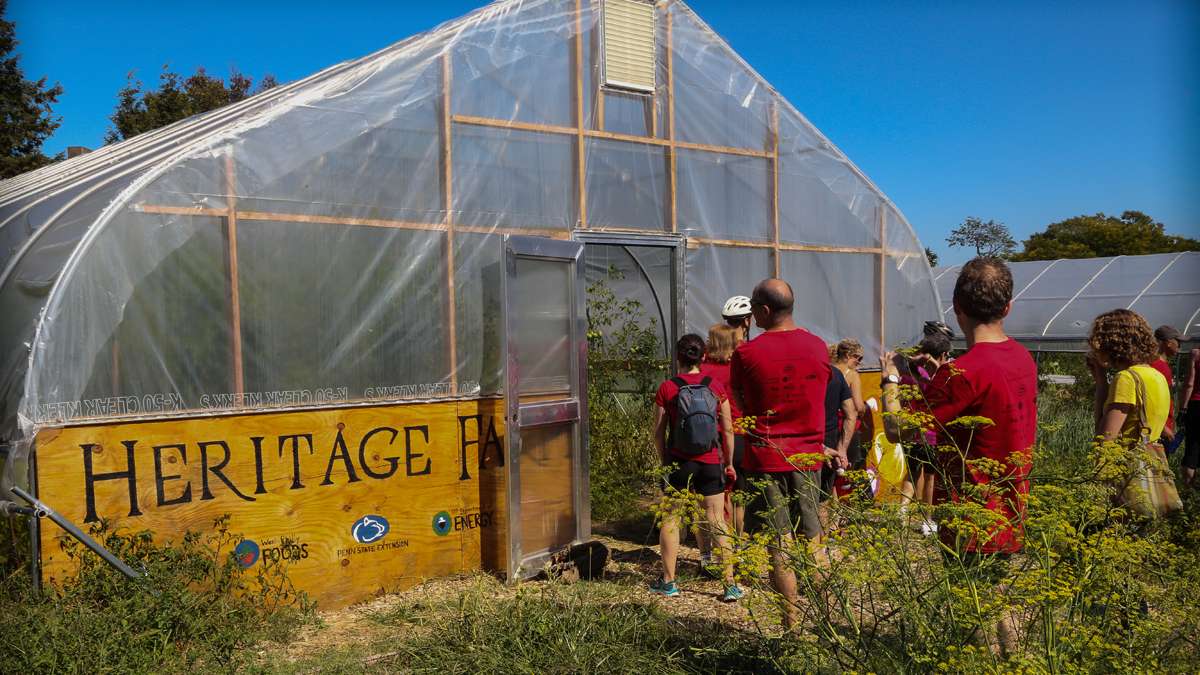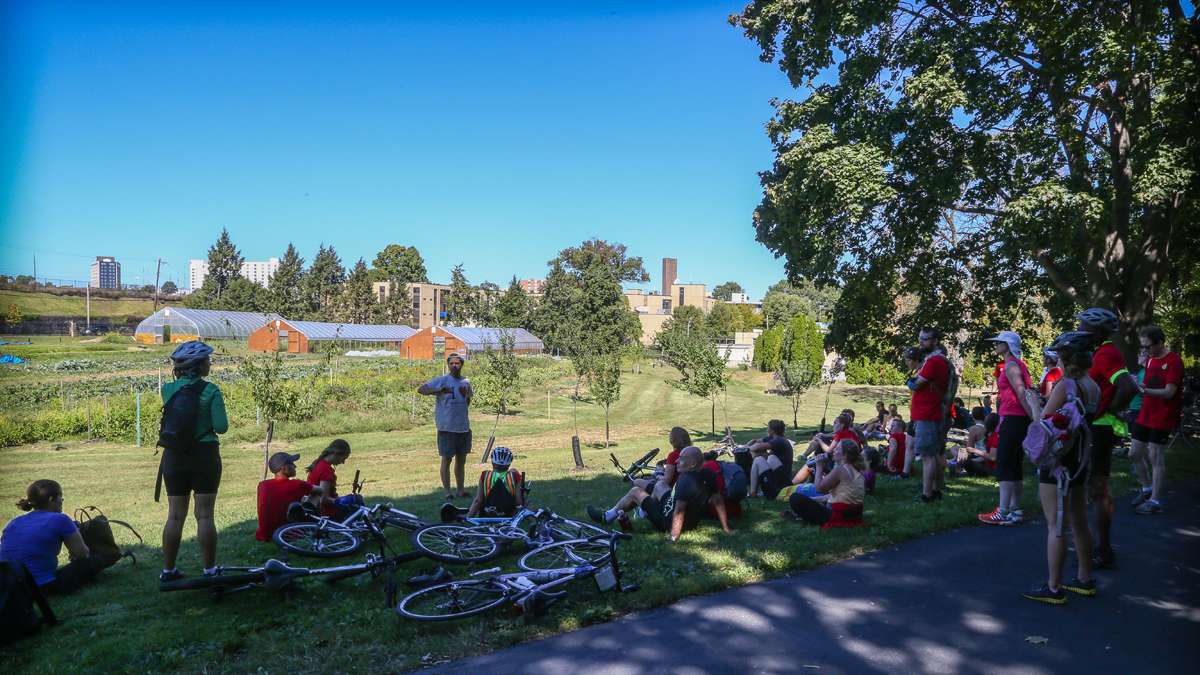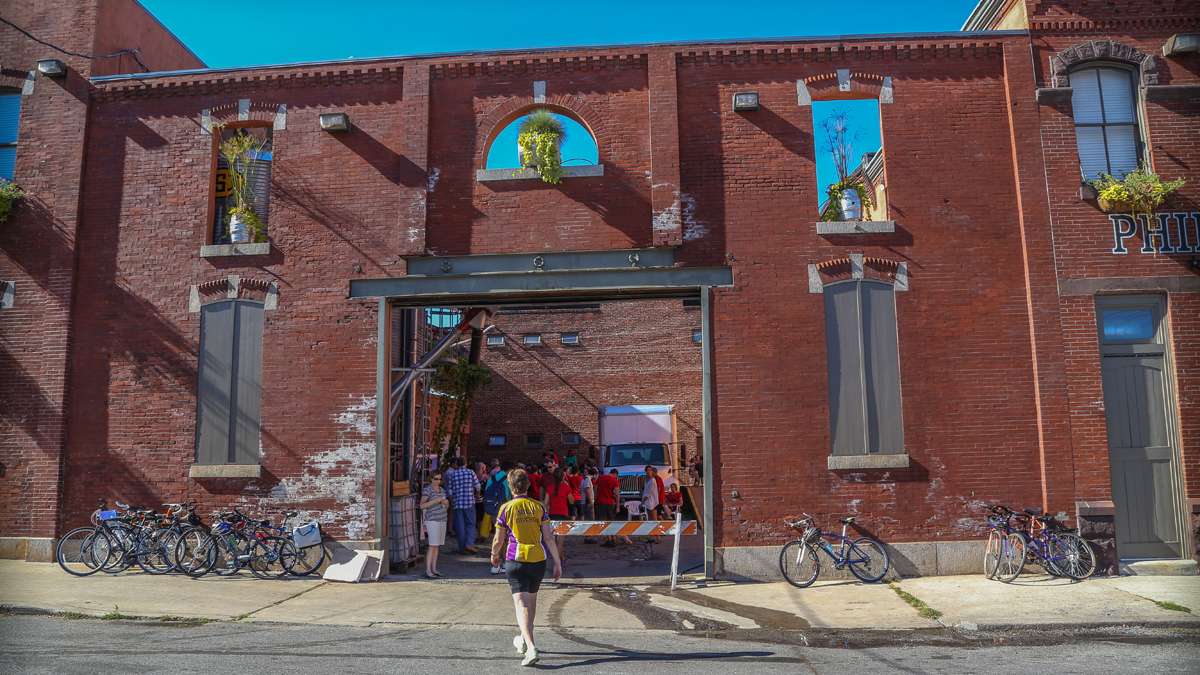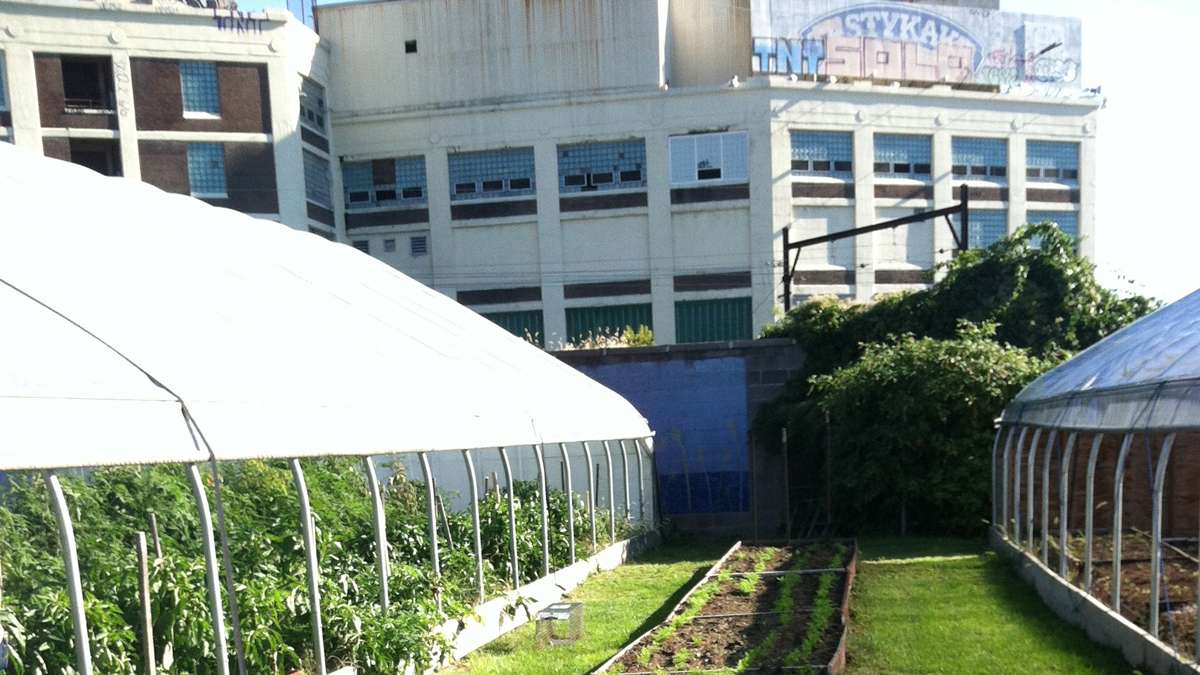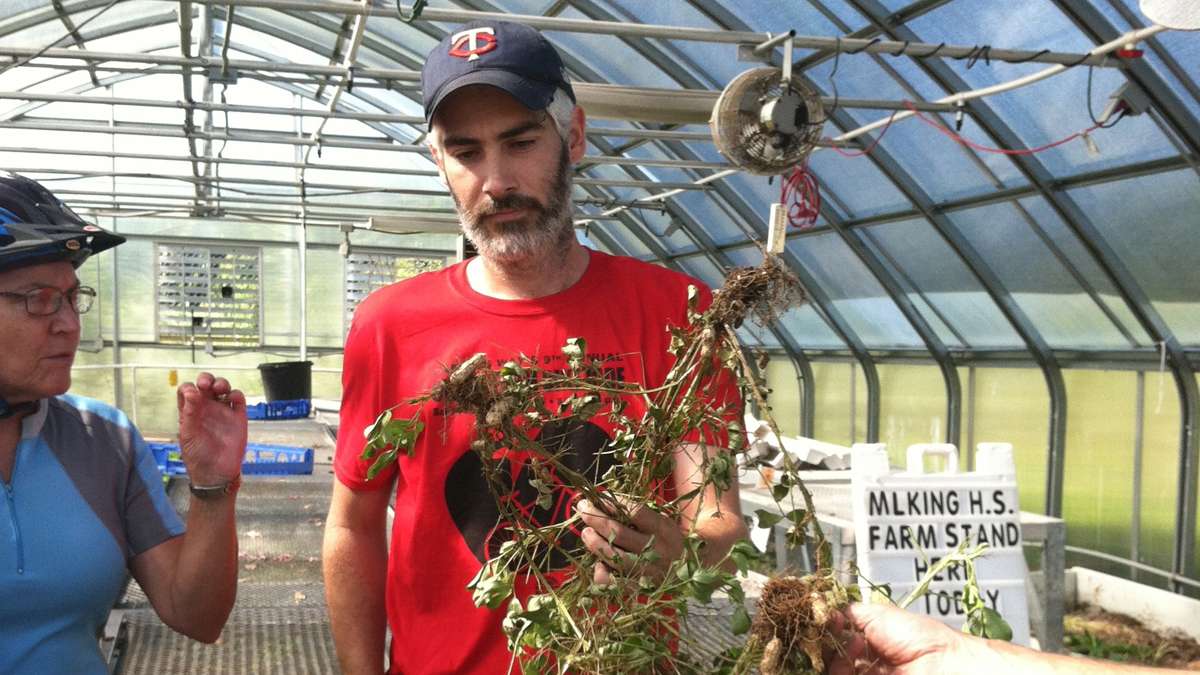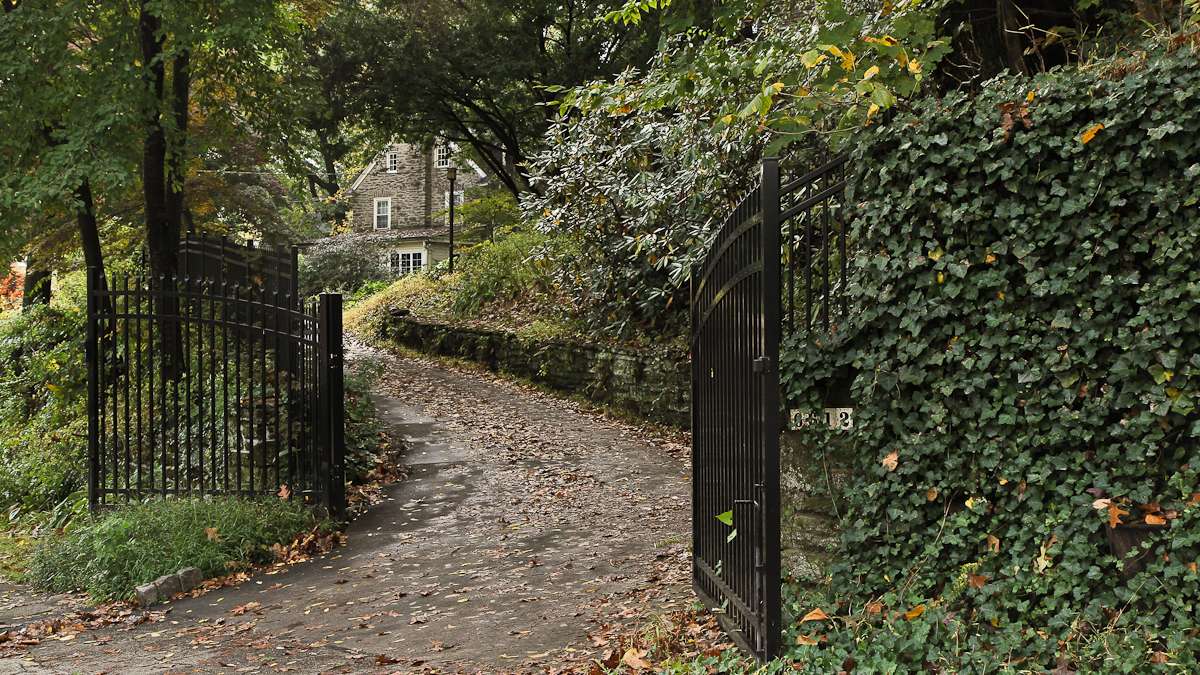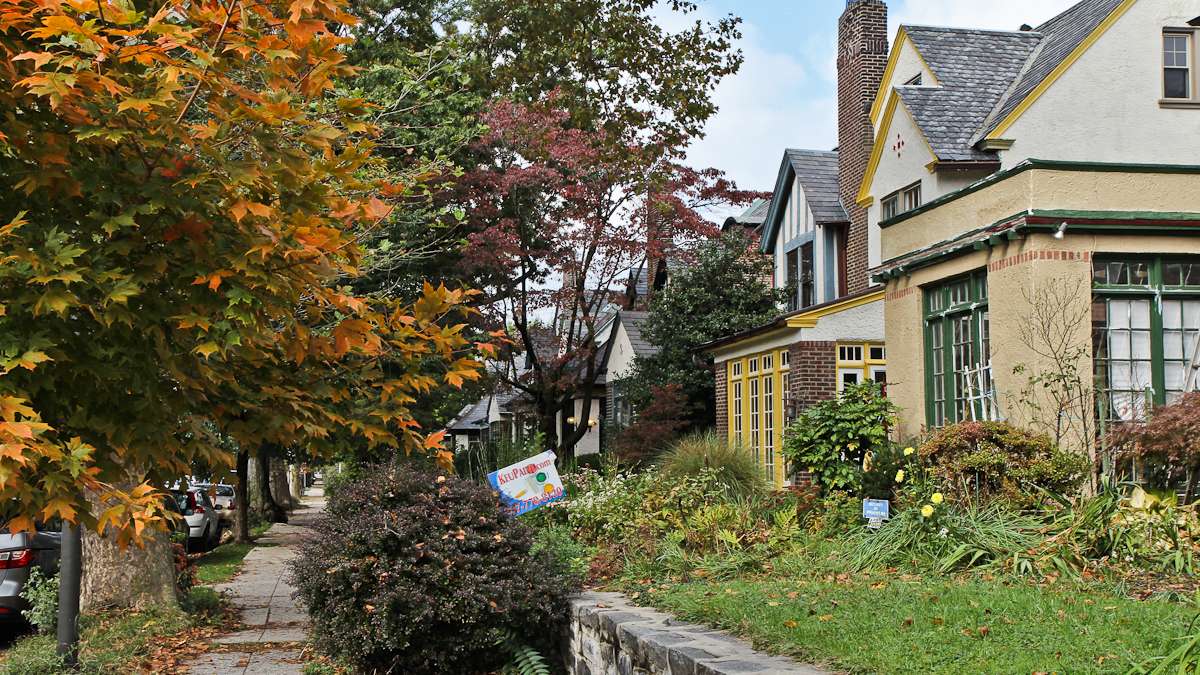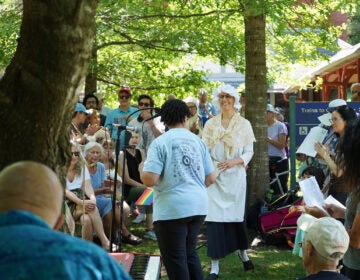‘Good’ and ‘bad’ don’t begin to describe Philly’s neighborhoods
"Lock your door," my mother would say from the wheel of her Opel. "This is a bad neighborhood."
Listen“Lock your door,” my mother would say from the wheel of her Opel. “This is a bad neighborhood.”
Maybe we were bumping along under the El tracks near 52nd and Market or had just dropped off Genie, our beloved housekeeper/babysitter, at her Osage Avenue row home in West Philadelphia. Maybe it was getting dark. Maybe my mother saw something that made her worry: a man slouching under a brimmed cap, looking capable of evil.
Or perhaps she was merely repeating what her father had said to her, what he often said to me once I began driving around the city I had always called home: “Keep your doors locked. There are crazies out there.”
At six, at eight, at 15, I reached out an unquestioning hand and pushed the button down.
Not a simple distinction
It wasn’t until later — until college, with two African-American roommates (one raised in tony Riverdale, New York, and the other from the rough side of Memphis) and one Canadian who’d never met a black person or a Jew — that I was knocked awake to nuances of class and race, exposure and fear.
Since then, I’ve lived on both east and west coasts: A spendy Dupont Circle studio in Washington, D.C., where a rat scampered across the sidewalk late one night. A cozy Portland, Oregon bungalow with a crack house across the street and an 80-year-old neighbor who became our surrogate grandma. A light-filled, roach-infested apartment in Germantown on a block so sketchy, in my parents’ view, that they would not co-sign our lease.
Were these “good” places, “bad” places or all of the above, addresses whose value, safety and appeal depended — a lot — on who was doing the looking and what that person chose to see?
Now I live in a 100-year-old Victorian on a block of West Mt. Airy that houses all kinds of people—renters and owners, old and younger, black and white, comfortably middle-class and just getting by. I feel safe enough here to let my 13-year-old daughter walk unaccompanied to and from the train station or up to Germantown Avenue for a smoothie.
And yet, someone I know — a member of my synagogue, a generous man and gentle father — was murdered in his home a mile away, just after Rosh Hashana. His block wouldn’t make the list of high-crime hot spots in Philadelphia. But tragedy doesn’t consult MapQuest, and location can’t save you from the crazies my Pop-pop feared.
Opportunities to grow back
A few weeks ago, I went back to some of the neighborhoods I’d been warned away from as a child. It was the 9th annual Urban Farm Bike Ride, a tour organized by Weaver’s Way Co-op to benefit its non-profit arm, Weaver’s Way Community Programs. We biked 23 miles: Kensington to North Philly to West Allegheny to East Germantown to Wynnefield.
We had no choice but to look. Wheeling along, without the steel chrysalis of a car, we saw our city up close, at eye level. We watched men in sleeveless undershirts grilling sausages on Diamond Street. We waved to a boy showing off with a jubilant grin, biking toward us with his front wheel high off the ground.
We saw trash-choked lots and houses with plywood plugs where bay windows used to be. We saw murals that were the only cheerful spot on otherwise blighted blocks. We saw people, unaccountably patient as our red-shirted marshalls stopped traffic with their hands and our 50-bicycle entourage pedaled through stoplights.
We saw what Philadelphians are growing. At 11th and York, at Philly Urban Creators, a bunch of Temple grads and community members rescued a trash-strewn lot and turned it into a tiny farm that is a locus of neighborhood organizing.
The founders of Philly Urban Creators know they’ve planted roots in a hungry, hazardous zone — part of the 1st Congressional district, which had the second-highest rate of food hardship in the U.S., according to 2010 data. The area also has the sixth-highest violent crime rate out of 55 city neighborhoods. But Urban Creators’ leaders see another kind of hunger — the way kids seek out the calm refuge of the garden, hanging out after school to weed or harvest or ask a hundred questions.
Across town, at Stenton Family Manor in East Germantown, a farmer with a Scottish brogue described using the garden beds as a classroom for curiosity. The kids who live in the shelter wanted to know how to grow pizza, he said. So they seeded wheat and tomatoes. How about a jar of Skippy? Where’s that come from? The farmers planted peanuts, then blueberries: Look! We’re growing peanut butter and jelly!
The truth lies between ‘good’ and ‘bad’
It’s a paradox of place: In “good” neighborhoods, the bad things that happen — domestic violence, cyber-bullying, a daughter’s bulimia, a son’s meth addiction — generally hide behind closed doors. In “bad” neighborhoods, it’s the good stuff that doesn’t get seen, not because people are hiding it, but because prejudice occludes our vision.
When we use a broad brush to tag some neighborhoods “bad,” we’re not doing justice to the people who actually live in them. What’s more, we let ourselves off the hook, dismissing “bad” areas as places to avoid, not to engage. We rob ourselves of the chance to learn what’s really happening in any given place — always, everywhere, a blend of strength and struggle — and, once we’ve seen it, to become allies, to work at making it better.
“Is this a bad neighborhood?” my daughter sometimes asked from her booster seat in the back of my Toyota. Maybe we were crawling past the once-grand, now deteriorating townhouses of Powelton. Maybe we were delivering food boxes to residents of a shabby apartment building in Roxborough. Or maybe we were just two miles from home, rounding the corner from Germantown to Chelten Avenue.
Look out the window: a dollar store. A branch of the Free Library. A Dunkin Donuts. Some men in crocheted skullcaps; some women in full-body burkas. A car, double-parked, its engine coughing. Smells of incense, carbon monoxide, French fries. More brown skin than where we live.
Would I want her, at 16, to walk these streets alone, at night? What about our own supposedly safer block, where the house next door was occupied for months by squatters who trashed the interior and entertained a string of late-night guests? Or the suburban street of my childhood home, where the maples that make a red-gold canopy in fall also turn front lawns into shadowy coves? Where my mother’s car has been vandalized, more than once?
I can think of so many other descriptors for the urban nexus of Germantown and Chelten: a poor neighborhood, a striving neighborhood, diverse, neglected. “No,” I tell my daughter. “It’s not bad. It’s just another place to live.” Then I park the car, feed quarters into the meter and head for the library, where the children look like all children, like my child: full backpacks, slumped socks and hopeful hands.
WHYY is your source for fact-based, in-depth journalism and information. As a nonprofit organization, we rely on financial support from readers like you. Please give today.





